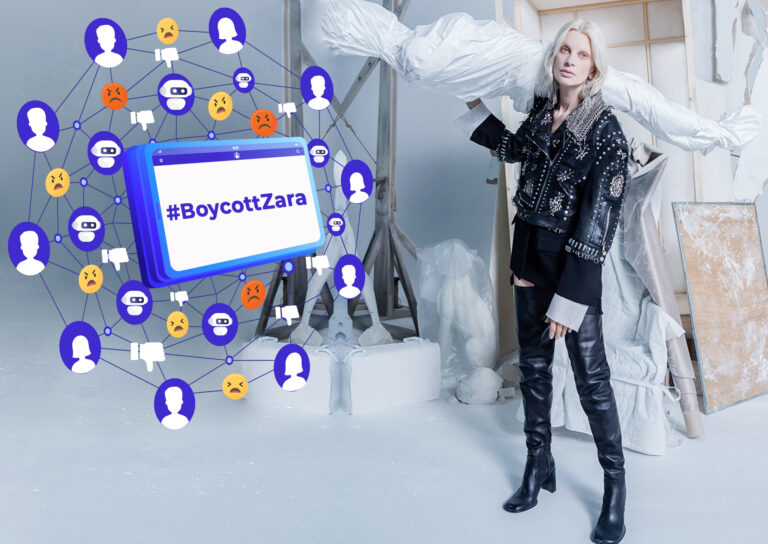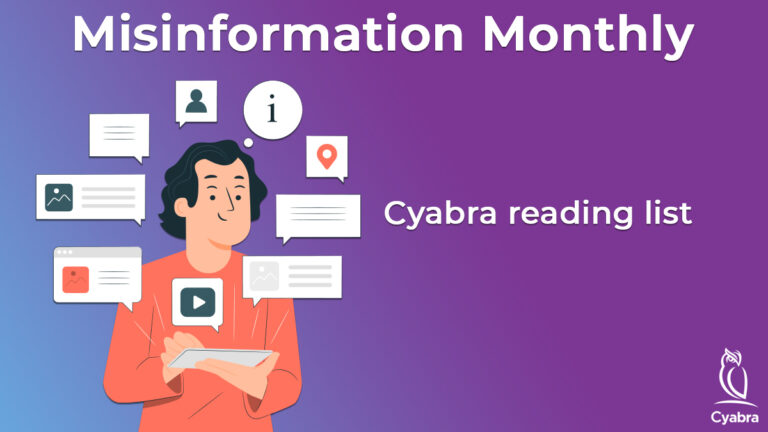The “No Shampoo” trend, also known as the “No-Poo Movement”, has caught social media like wildfire. Despite repeated warnings from experts regarding this trend, which involves washing hair with nothing but water, it has been surging in popularity in recent months, becoming particularly popular among young men and teenage boys.
While this trend is a cause for concern for the entire hair care industry, influencers that adopted it have also been smearing specific hair products such as Head & Shoulders, Pantene, and Tresemme. This phenomenon demonstrates the damages of fake news and misinformation, as its followers are at risk of causing real harm to their hair and scalp, potentially a permanent one.
TL;DR?
- The hashtags #NoShampoo and #NoPoo and the general discussions around this trend reached 731 million potential views and 31 million engagements in just one month.
- A TikTok influencer with 1.7 million followers used the trend to reproach hair produce brands Head & Shoulders, Pantene, and Tresemme. One of his videos reached 4.6 million views.
- This hair care method is not only thoroughly discredited by specialists, but can also inflict enduring damage to a person’s hair.
In a post Covid-19 era, it is now clear that misinformation, fake news and conspiracy theories have a long, detrimental effect on our society. The anti-vax movement has been around for ages, growing stronger during the pandemic as it cost the lives of hundreds of thousands of people. Misinformation and fake news have also been widely present in conversations about election, climate change, abortions, nutrition and diets, G5 technology, and many other topics, impacting people’s actions and beliefs, as well as their general trust in institutions such as the WHO.
The “No Shampoo” trend (or as its followers call it, “No-Poo Movement”) is no different. The hashtags #noshampoo and #nopoo were originally created by eco-conscious TikTokers, mostly women, who aimed to reduce their use of beauty products. But in recent months, it has caught the attention of you men and teen boys, who declared they were relinquishing all hair products. The trend has exploded, surging in popularity on TikTok and expanding into other social media platforms.
Dermatologists and scientists have spoken about their growing concern regarding this trend, explaining that shunning shampoo can lead to dandruff, scalp irritation, inhibited hair growth, aggravated scalp issues, and potentially permanent hair damage. But influencers who joined the trend, like TikToker Manuel Enrique, with over 1.7 million followers, claim that conceding shampoo has made their hair thick and healthy. The following video, posted by Enrique, criticized hair product brands Head & Shoulders, Pantene, and Tresemme, claiming these brands damage your hair. The video has reached 4.6 million views.
Cyabra analyzed discourse on the No Shampoo trend throughout March, and uncovered that conversations regarding it gained 731,000,000 potential views and 31,000,000 engagements. Beyond advocating for total abstinence from hair products, some influencers suggested alternative hair care methods, such as using oil, vinegar, lime, and other products, none of which have been scientifically proven to be effective.
Detect, Debunk, Rinse, and Repeat
Fake news is a global concern, and combating it is a comprehensive effort involving governments, NGOs, academic institutions, and individuals. However, these entities often prioritize addressing significant societal issues, such as election manipulation or the anti-vax movement. This is why companies cannot solely rely on external organizations to counteract fake news and must remain vigilant against false narratives that could risk their brand reputation.
If you’re part of the marketing and PR team for a hair care company, here are three strategies to tackle the “No Shampoo” trend:
- Uncover the false narrative and fake news, and identify the influencers spreading them and the communities in which they spread.
- Counteract misinformation and fake news by reinforcing facts and promoting influencers who debunk myths. Introduce campaigns that focus on products aligning with the natural hair care trend and appeal to the target audience.
- Implement ongoing monitoring to swiftly detect any emerging trends, communities, or influencers that could potentially damage your brand’s reputation, even unintentionally.
If you want to learn how to detect fake news and false narratives, craft data-driven campaigns that boost growth, fortify your marketing strategy, and enjoy a 24/7 monitoring that alerts you to trends that can impact your brand reputations and lets you sleep easy, get in touch with Cyabra


